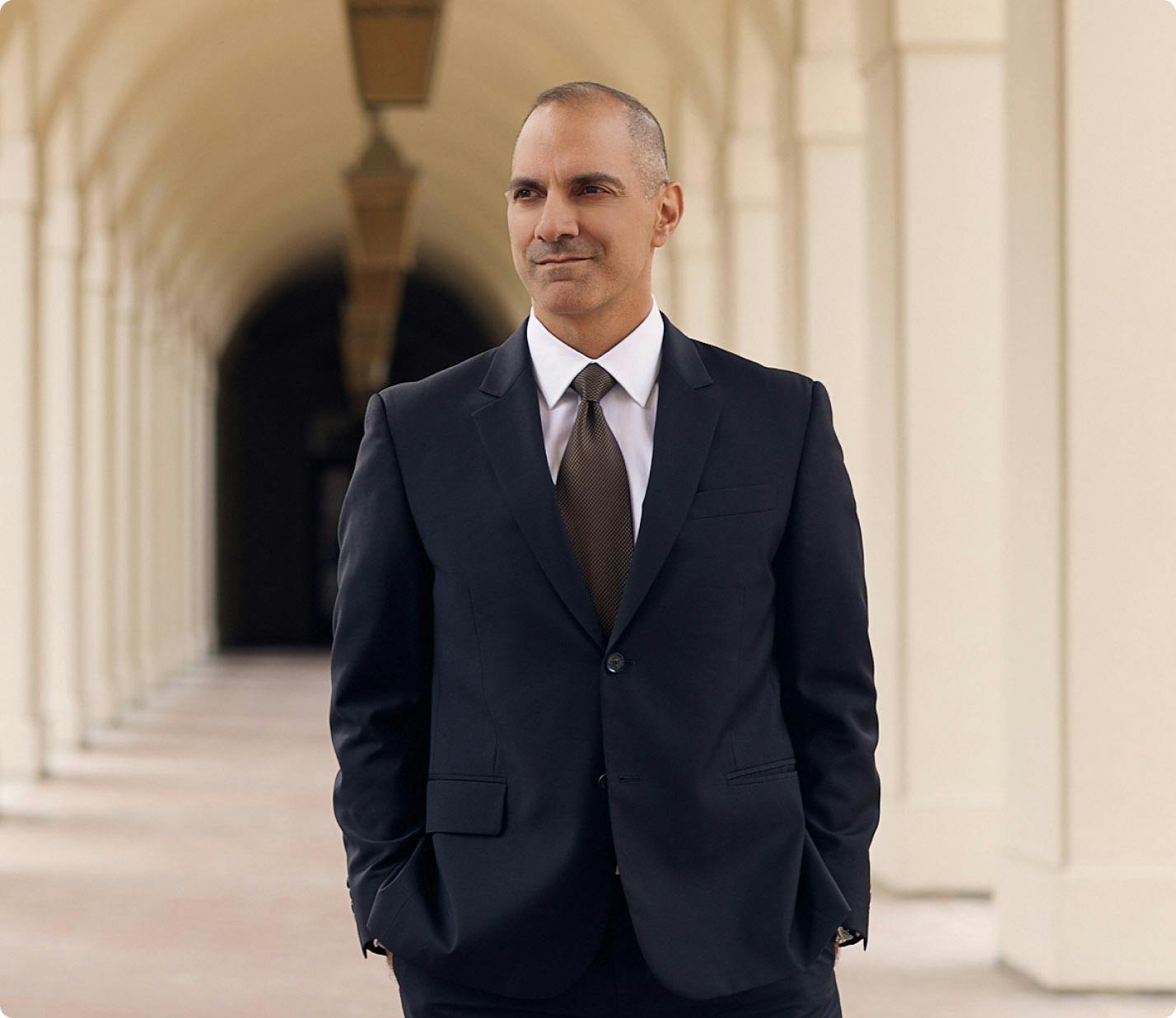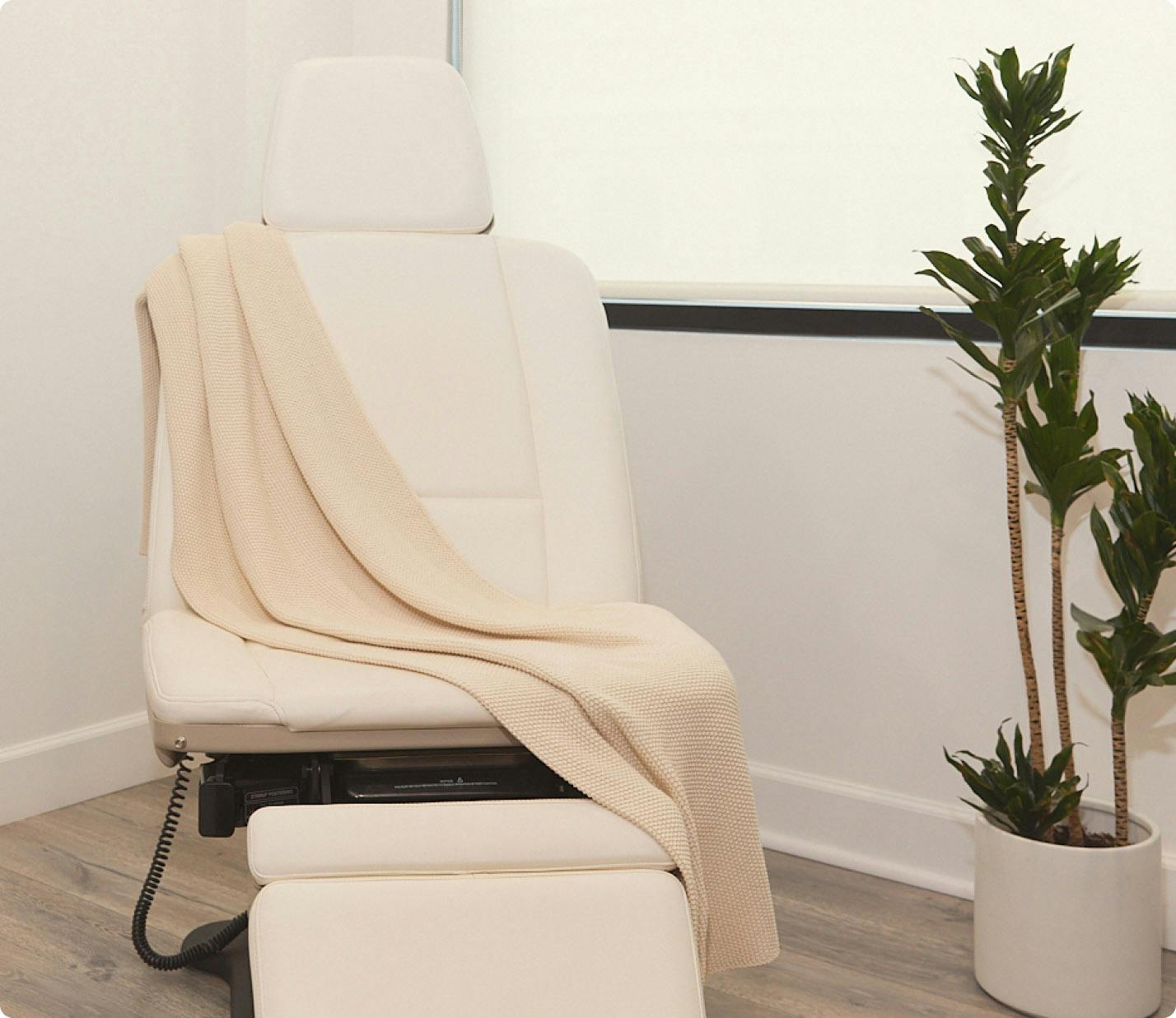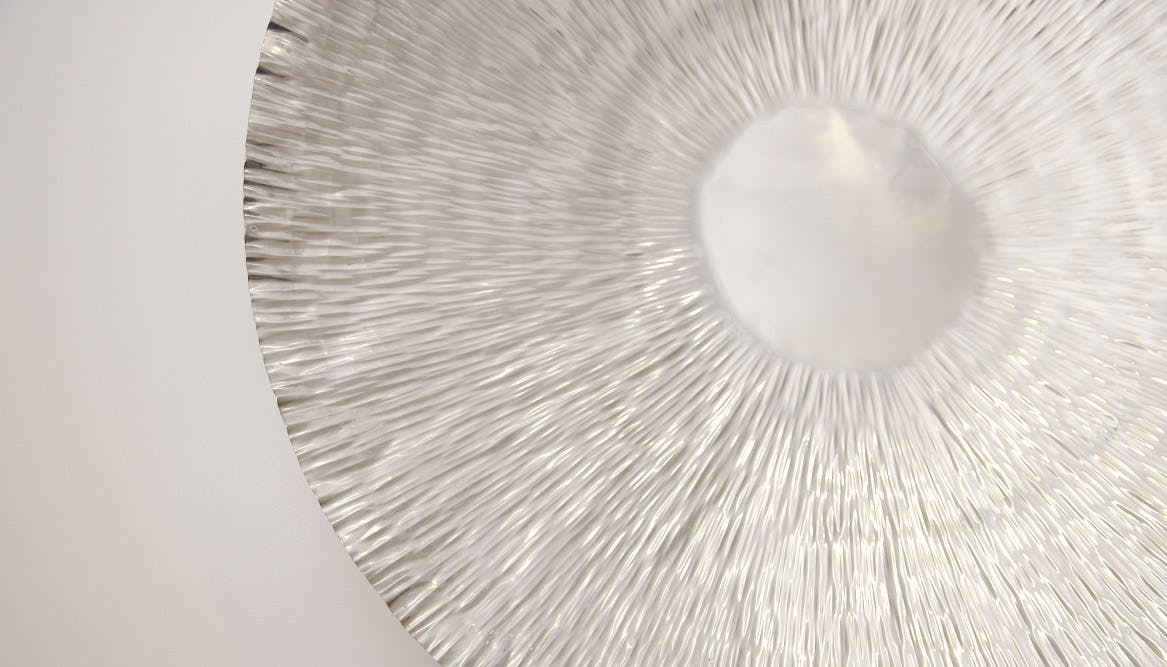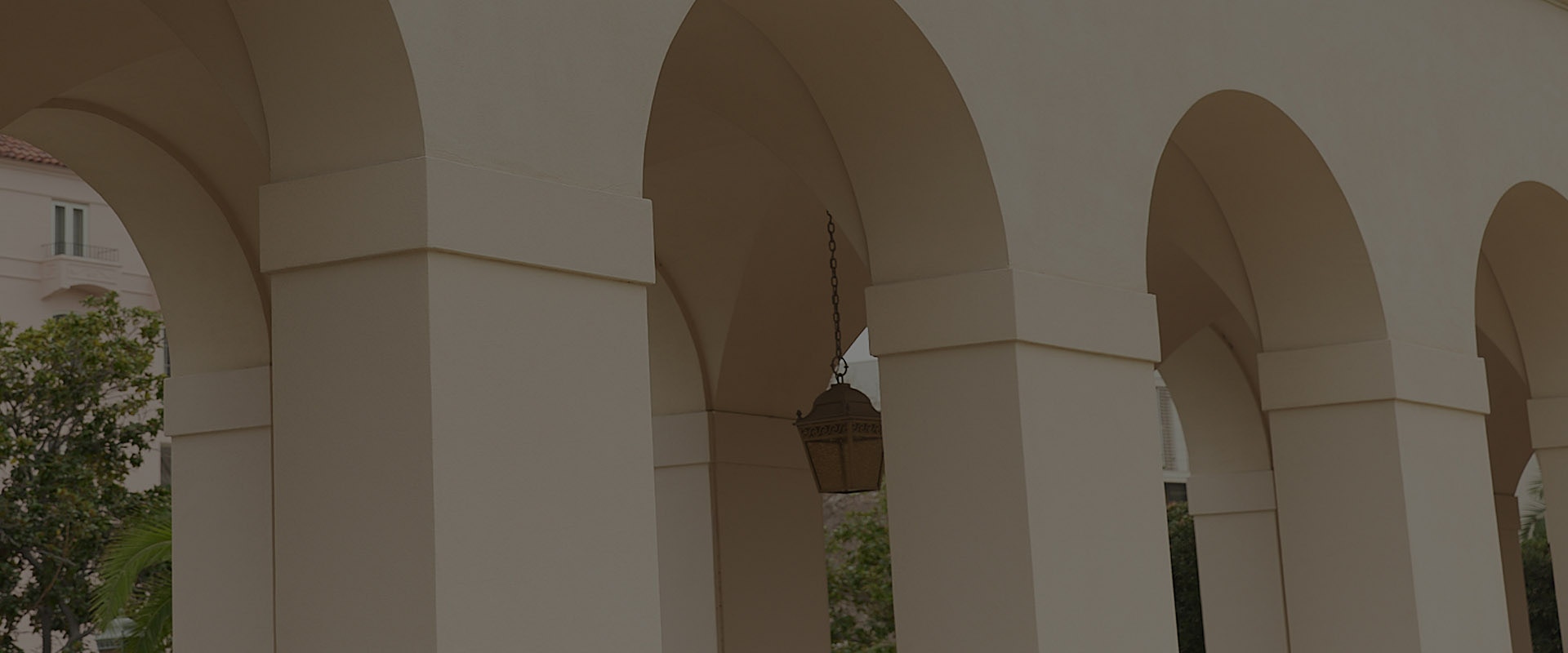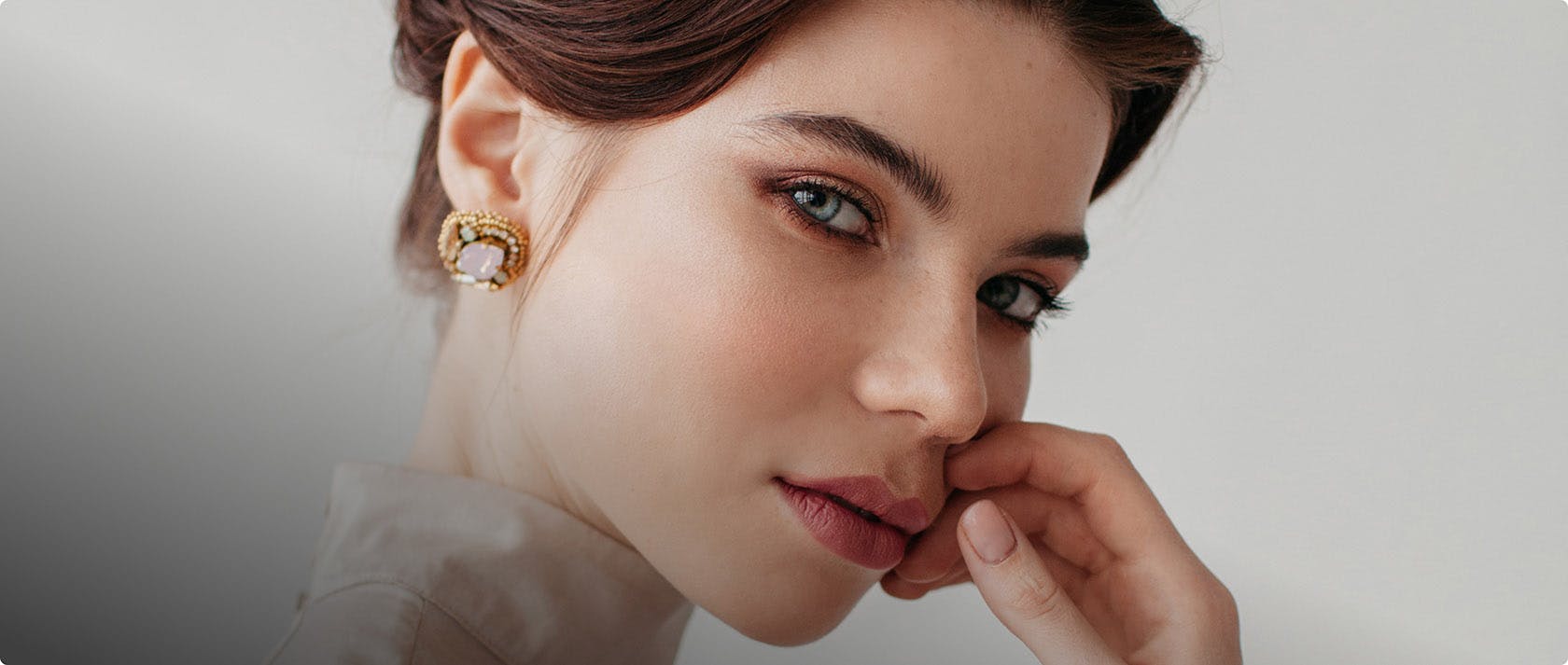Moebius syndrome is a rare neurological disorder characterized by facial paralysis and impaired eye movement, affecting one's ability to smile, frown, or blink. This congenital condition often presents challenges in facial expression and speech, requiring specialized medical care and support.
Why Does Moebius Syndrome Occur?
It is still largely unknown why Moebius syndrome occurs. As with many craniofacial disorders, Moebius syndrome is possibly the result of a combination of environmental and genetic factors. Several chromosomal relationships are associated, including abnormalities in chromosomes 3, 10, and 13. Maternal use of certain medications and recreational drugs have also been implicated. The result of these effects during pregnancy is the failure of development of cranial nerves VI and VII. New studies are being conducted to elucidate the potential genetic relationship.





